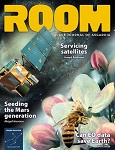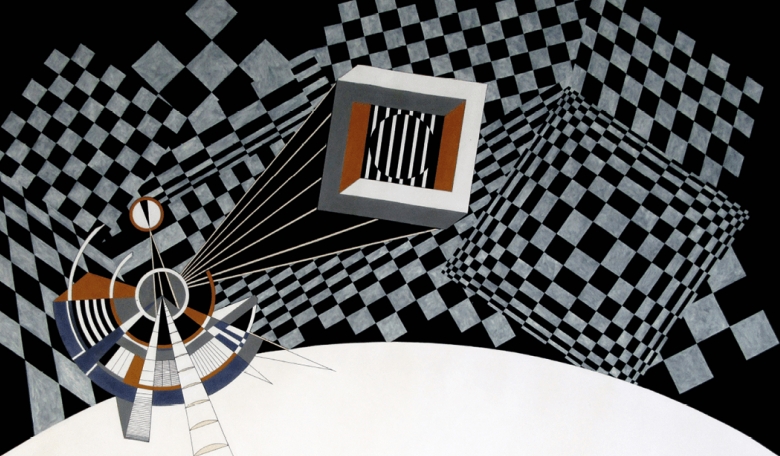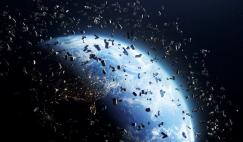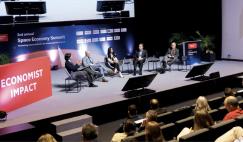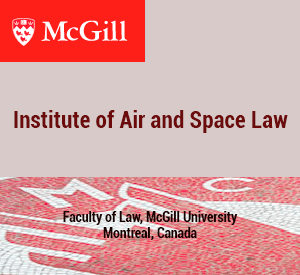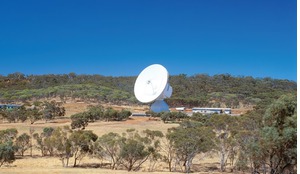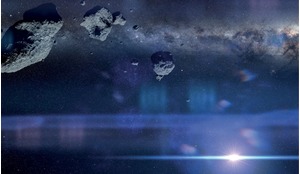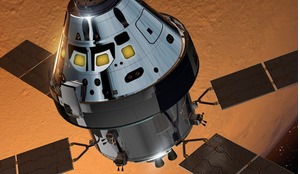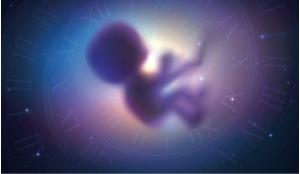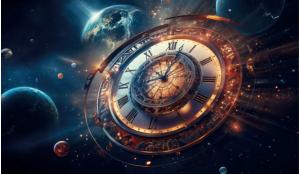Twenty-first century innovations in space exploration and technology have dramatically changed humanity’s understanding of its place in the universe, yet the majority of people know little about these achievements and future plans. Can scientists continue to work in specialist fields without inviting other disciplines, such as artists, to help with these plans and to assist with the understanding of, and survival in, the hostile environments associated with long duration space-living? Artist Helen Schell provides a personal perspective on her own journey into space.
ESA Director General Jan Woerner is well known for his ‘Moon village’ ambitions. And last September, US Vice-President Mike Pence announced American astronauts would “return to the Moon, not only to leave behind footprints and flags, but to build the foundation we need to send Americans to Mars and beyond”. Of course, all ambitious plans to return to the Moon are hugely expensive and so will ultimately become international endeavours.
Back in 2011, I announced my own intention to ‘return’ to the Moon, firstly by setting up an exploratory ‘lunar laboratory’ in the seaside town of Ramsgate, UK, and then devising and creating the artworks which could enable this exciting adventure to happen. This ongoing art, science and education project uses art practice to place a new cultural footprint on the lunar surface.


